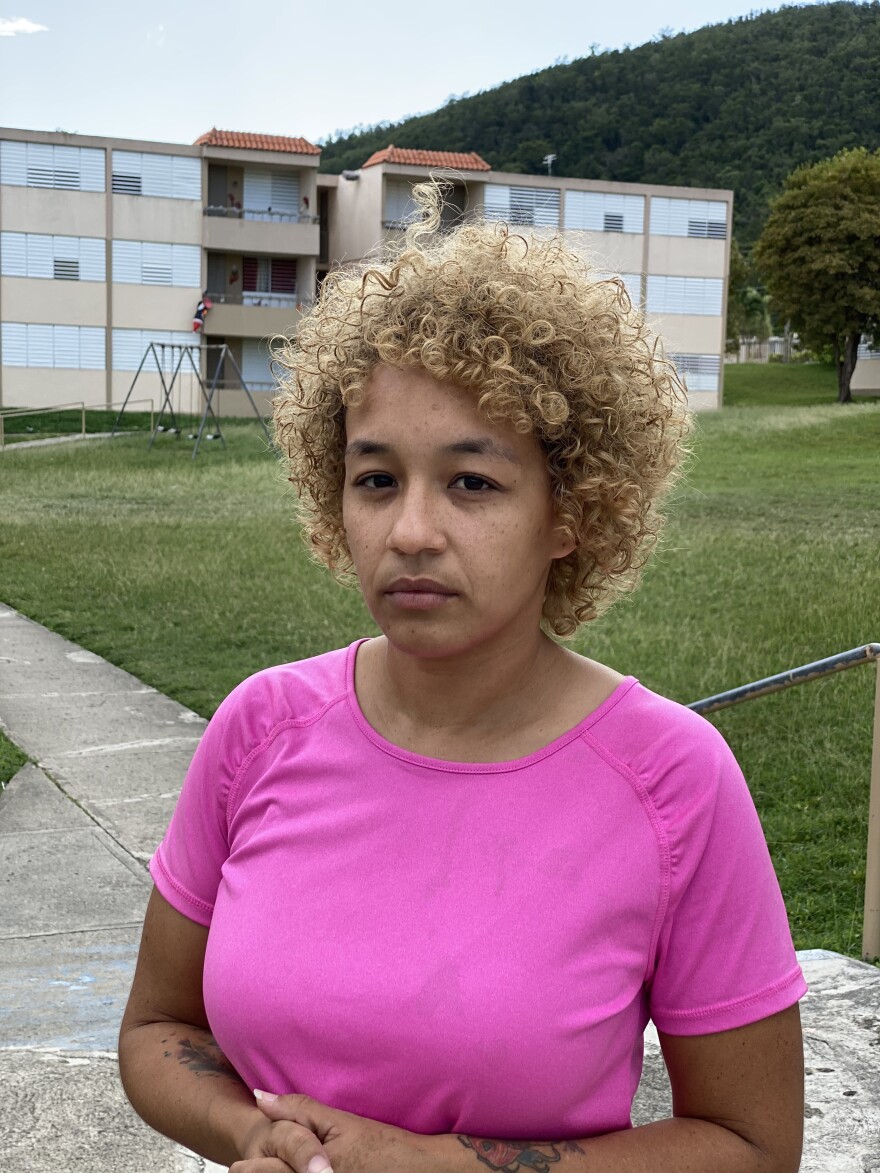By Rachel Templeton
Villas del Caribe is a low-income housing project in Ponce, one of the harder hit areas in Puerto Rico following a week of powerful earthquakes. Some 200 families live in the development and before this week, the courtyards between the four-story buildings were a natural meeting point for children to play and parents to be together.
But now, this tight-knit community is coming to an end.
“The walls are cracked,” says Yetzabeth Vega López, a resident in Villas del Caribe. “The water pipes are broken and there’s no immediate fix. This will have to demolished and rebuilt. It won’t be easy.”
López, 28 years old, was packing her family’s remaining belongings — a mattress, a child’s play kitchen — into her minivan. She had been sleeping in the vehicle in the parking lot with her five children for nearly a week, since a 6.4-magnitude quake jolted her awake in the early morning hours. All the concrete buildings in this Section 8 housing were severely damaged, and are without power and water. Large cracks are visible on the exteriors, boulder-sized pieces of fallen facade lie in the grass.
The quake hit at 4:24am, the epicenter 17 miles from Villas Del Caribe. Across Puerto Rico, residents woke to violently shaking beds and in many cases, the sound of cracking concrete. In the south of the island in particular, thousands of people, like López, fled outside, fearful their homes may collapse. Indeed some did, in that quake and in the ones that have followed almost continuously since. Another 6.0-magnitude quake struck yesterday. Three deaths have been attributed to the quakes, according to officials. Puerto Rico has not experienced an earthquake like this since 1918.
López describes last week’s damaging quake as a monster rising from the ground.
She explained how she scooped up her three-year old twins, one in each arm, and chased her older children down a rocking hallway and then down four flights of stairs into the courtyard.
“It’s was terrible,” she says. “The noise was horrible. The cement blocks in our home were shaking. The doors closed really hard. The kids were screaming.”
This latest challenge for Puerto Rico, a United States territory, comes two years after the devastation of Hurricane Maria. The island, particularly its fragile electrical grid, is not yet fully recovered from that storm.
For López, the earthquake was far worse than Maria.
“We were not anticipating this in the middle of the night,” she says. “With a hurricane they tell you. But with an earthquake, no. You can’t predict it. This is another thing.”
López worries about her young children, who she says have not slept nor eaten well since the earth started continuously and unpredictably shaking. “She’s traumatized,” she says of her eight-year-old daughter. “She doesn’t want to sleep. When she sleeps she wakes up, ‘Mommy Mommy!’ As soon as they feel another one they are running.”
López says no government officials nor volunteers have come to bring emergency supplies like water. She said the community received a hand-delivered letter instructing them to evacuate and reapply for other subsidized housing. Her husband, who works as a security guard for a company that services the complex, is uncertain of his work future. For now, her family will live with her mother but there is not enough room, and her children are sleeping on the floor, she says.
As the few remaining children play in the courtyard below, their parents packing up their own vehicles, Lopez stands for a moment in her now nearly-empty apartment and reflects on what it means to leave this place. She says she'll miss it.
“We are really devastated, destroyed,” she says. “It’s really hard to leave behind the little you’ve been able to achieve. It’s one step forward and one step back.”


